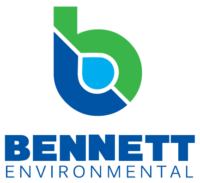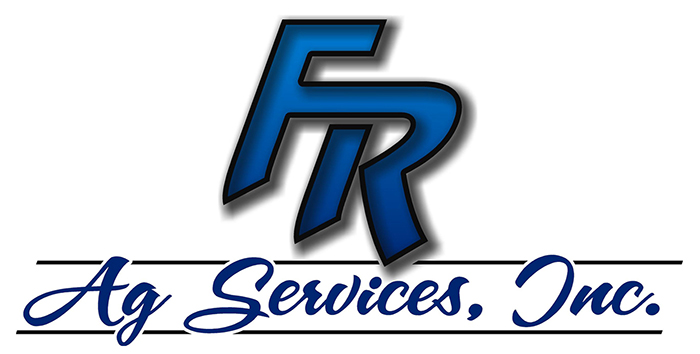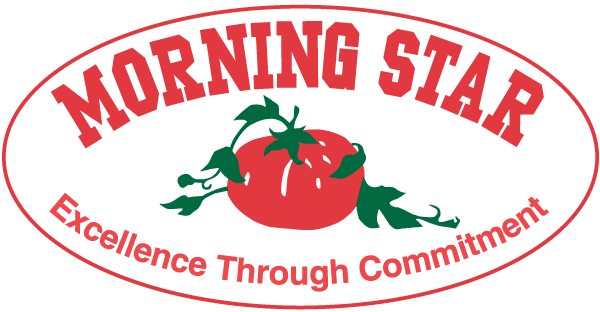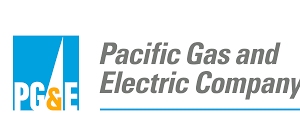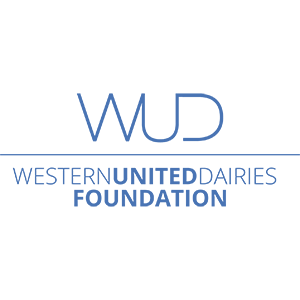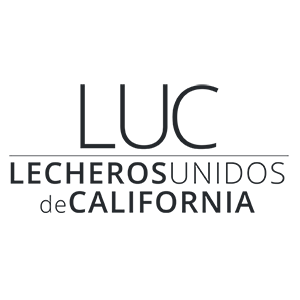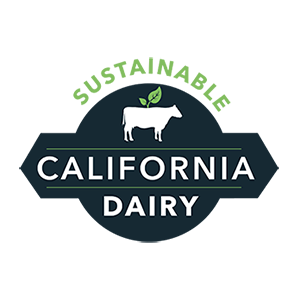By Paul Sousa, Director of Regulatory and Environmental Affairs
The Central Valley Water Board program of CV–Salts is well into the implementation phase with priority 1 management zones. CV–Salts is an effort to address our most pressing water quality challenges in a reasonable and effective manner that was supported by a broad group of stakeholders, including WUD, because it also brings much-needed regulatory relief. The goal was to have water quality addressed through local management zones that were more in touch with local issues. To balance the workload these management zones were prioritized into 3 groups. Priority 1 management zones are up and running and the focus is now on getting priority 2 management zones going. The Central Valley Dairy Representative Monitoring Program (CVDRMP) has stepped up to make compliance with these new requirements as simple and cost-effective as possible.
The priority 2 areas include the Eastern San Joaquin, Delta–Mendota, Merced, Madera, and most of Kern County groundwater subbasins. We understand that the Water Board is working to officially set up those priority 2 management zones. Since we have experience with the priority 1 zones there are some lessons that can be passed on to the remaining areas. First and most important is that dairy owners need to engage in the process–with neighbors, trade associations, their local Farm Bureau. The beginning of a nitrate management zone normally begins with informal meetings of the interested parties. After several meetings direction is established, and the leadership starts form. During this period important decisions are made as to the structure of the organization and who will lead it. Once the organization has a structure it then decides how the costs of the organization will be divided up amongst its beneficiaries. This is when it is important for the voice of dairy be present in the conversation because it is too easy to volunteer those who are not at the table to pay a higher share.
In many cases priority 2 management zones may be looking to join with priority 1 zones that are adjacent to them to streamline the process of getting up and going since there is already a structure there to follow. In that case a priority 2 management zone can look at the track record of those priority 1 zones to see how their costs have compared and how dairy has been treated in the process. So, get engaged early to help steer the process in the best way possible; visit with your neighbors, contact your local Farm Bureau, and call Western United Dairies. In addition, the CVDRMP is coordinating liaisons between its board of directors and the management zones so contact them or WUD if you are interested. As always, if you have questions on this or any other environmental issues, please give me a call at the WUD office at 209–527–6453 or email [email protected].


